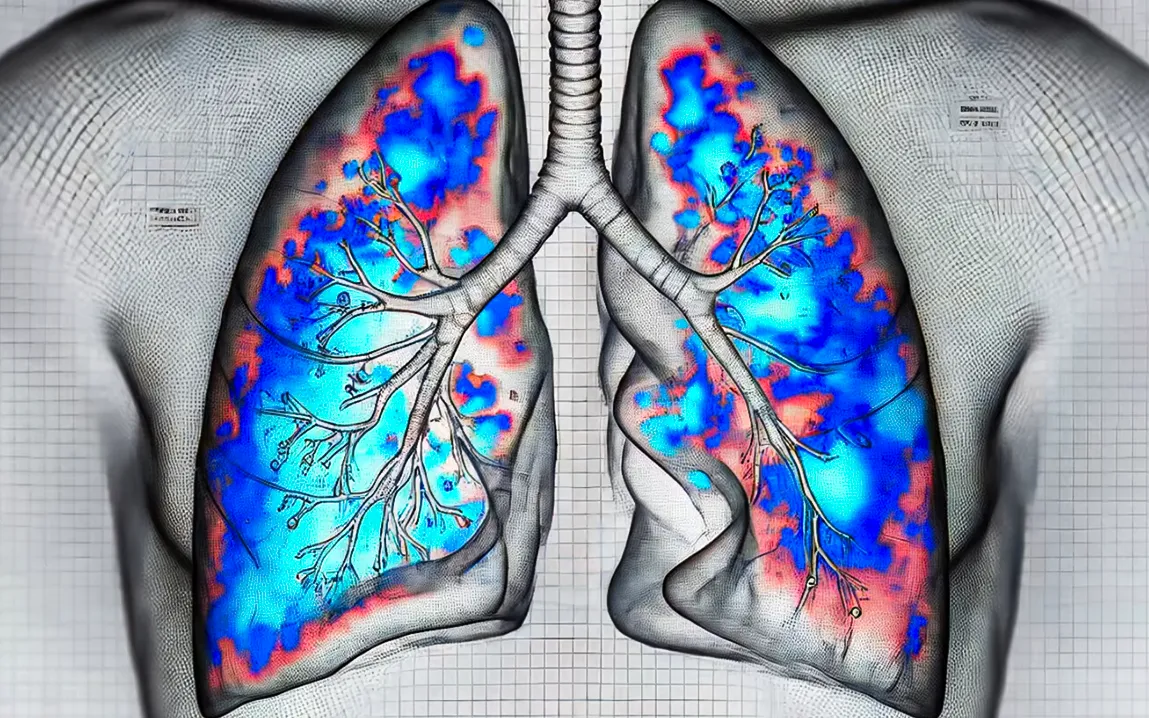The healthcare industry was rocked by a groundbreaking report at the ESCMID Global 2025 conference, where it was revealed that ULTR-AI, an AI-powered lung ultrasonography tool, can detect pulmonary tuberculosis (TB) more accurately than human specialists. This revelation has sparked excitement, especially for millions of people suffering from tuberculosis worldwide, offering new hope as artificial intelligence (AI) now outperforms doctors by 9% in detecting the disease. This invention is not just about numbers—it’s about saving lives.
The Global TB Crisis
Tuberculosis remains one of the deadliest infectious diseases globally, with infection rates increasing by 4.6% between 2020 and 2023 after a period of decline. One of the most significant challenges in combatting TB is the ability to make quick and affordable diagnoses, particularly in areas with limited resources or in remote locations where qualified radiologists and expensive imaging equipment, like chest X-rays, are not readily available. This is where ULTR-AI is making all the difference.
One of the most deadly infectious diseases in the world is still tuberculosis. Infection rates increased by 4.6% between 2020 and 2023, following a global decline. One of the biggest obstacles is making a quick and economical diagnosis, particularly in areas with few resources or distant locations where qualified radiologists and costly imaging equipment, such as chest X-rays, are hard to come by.
Here’s where ULTR-AI makes all the difference.
How ULTR-AI Works
ULTR-AI is designed to operate on portable, smartphone-connected ultrasound equipment, offering a rapid, cost-effective, and non-invasive method of TB detection. Unlike traditional methods that rely on sputum samples, which can be difficult for many patients to provide, ULTR-AI uses deep learning algorithms to analyze lung images in real-time.
Dr. Véronique Suttels, the study’s lead author, explained, “Even seasoned physicians may overlook early pathological indicators like small pleural lesions, which we hope this technology will help detect.”
In the trial conducted in Benin, West Africa, involving 504 participants, nearly 40% were diagnosed with pulmonary tuberculosis. The AI model was tested against the MTB Xpert Ultra sputum-based molecular test, widely recognized as the standard for diagnosis. ULTR-AI’s performance was impressive, delivering 93% sensitivity and 81% specificity, surpassing the WHO standard for non-sputum-based TB detection, which reported 90% sensitivity and 70% specificity.
Three Deep-Learning Models for Optimal Accuracy
ULTR-AI incorporates three distinct deep-learning models designed to optimize TB detection:
-
One model predicts TB directly from lung scans.
-
A second model identifies characteristics that human specialists typically recognize.
-
The third model combines both for enhanced accuracy.
The result is a quicker, standardized diagnostic tool that operates in real-time, reducing human error and providing results immediately to healthcare providers.
A Breakthrough in Accessibility and Care
Dr. Suttels also highlighted an important advantage: patients can receive their diagnosis instantly through the integrated app, allowing healthcare providers to deliver results in real-time. This instant feedback could significantly reduce delays in care, especially in remote areas, where access to timely medical services is often limited.
A Ray of Hope for Global TB Detection
In regions where tuberculosis is most prevalent, especially in underserved and resource-poor areas, ULTR-AI is a ray of hope. With its affordable and portable capabilities, this tool could dramatically transform global TB detection efforts, allowing healthcare providers to deliver quicker, more accurate diagnoses.
The Future of TB Detection
AI lung ultrasonography, as demonstrated by ULTR-AI, could prove to be a vital weapon in the global battle against tuberculosis. As healthcare systems around the world continue to seek smarter, faster, and more affordable solutions, ULTR-AI could serve as a model for future innovations in disease detection.
How does it operate, then?
There are three deep-learning models in the ULTR-AI suite. One program uses lung scans to predict TB directly, another recognizes traits that human specialists can recognize, and a third blends the two for optimal accuracy. A quicker, standardized diagnostic tool that operates in real time and reduces human error is the end result.
Dr. Suttels highlighted another important advantage. Patients can receive findings immediately, in front of the healthcare provider, thanks to the app integration. Drop-offs in care could be decreased by that alone.
ULTR-AI is a ray of hope in a world where wasted time is equivalent to lost lives, particularly in underprivileged areas where tuberculosis is most prevalent.
AI lung ultrasonography might be the weapon that makes all the difference in the global battle against tuberculosis as healthcare systems search for more intelligent, quick, and economical solutions.



